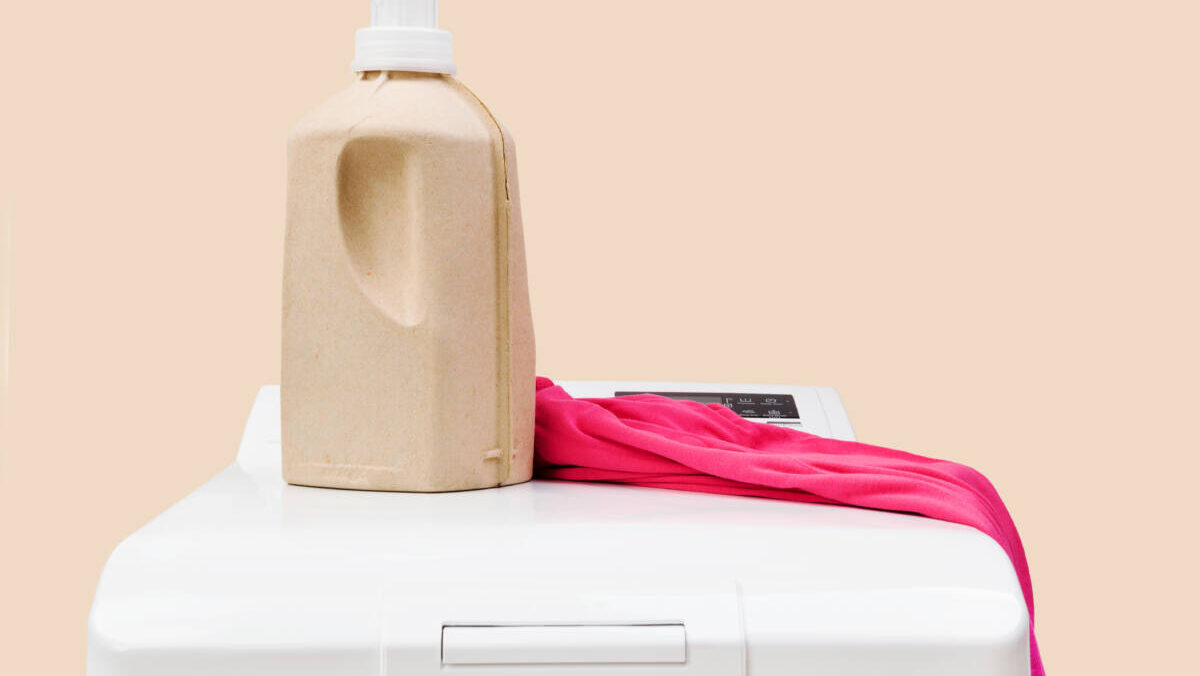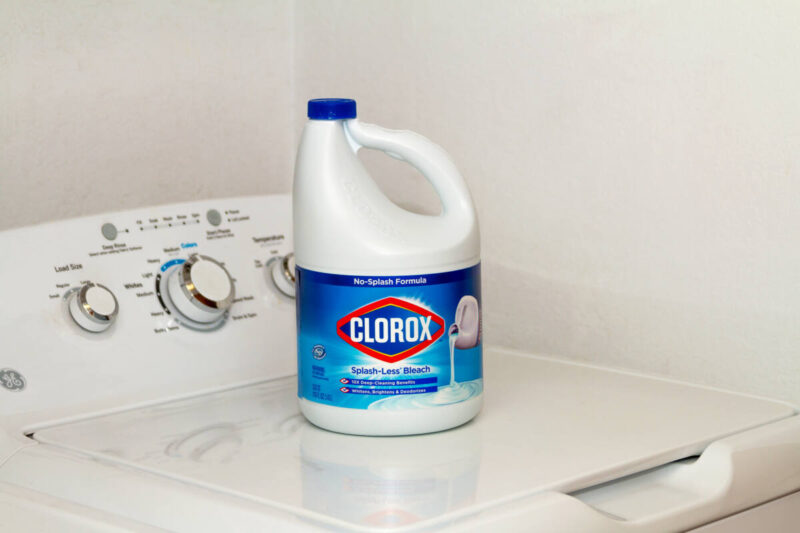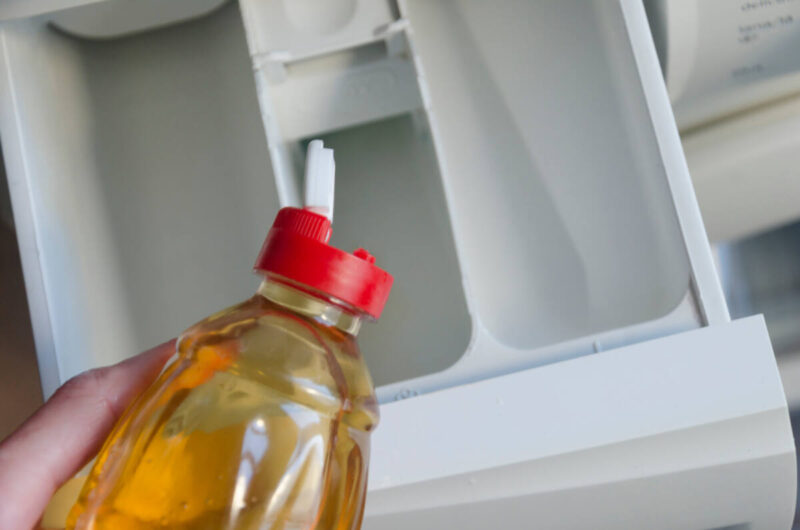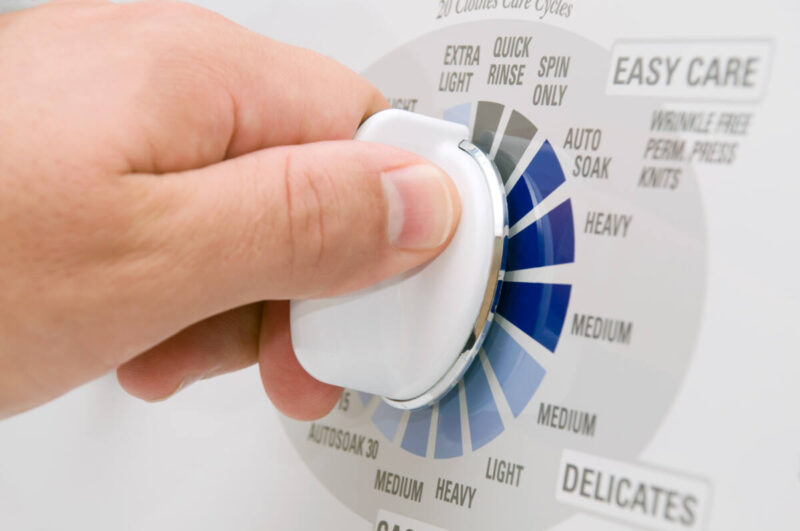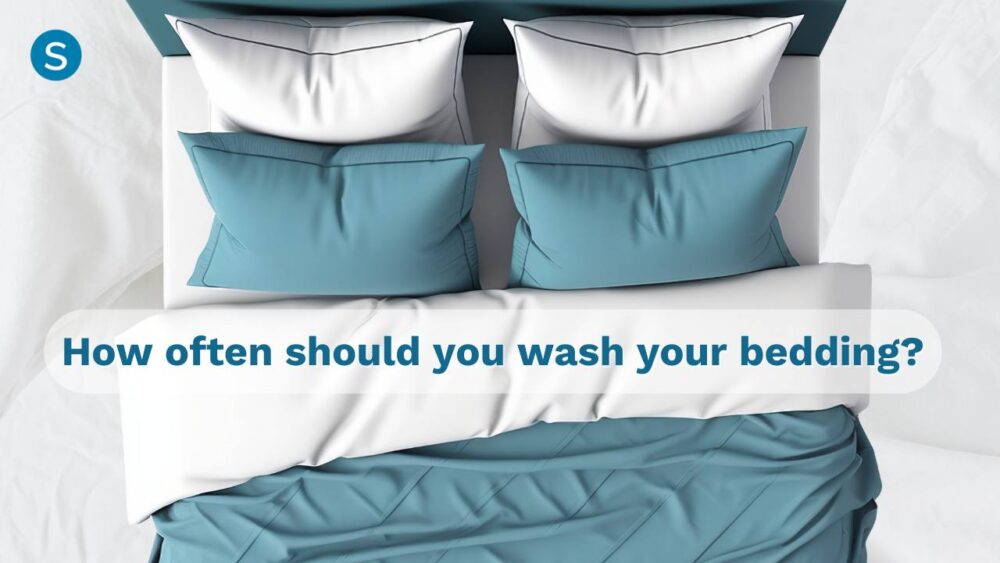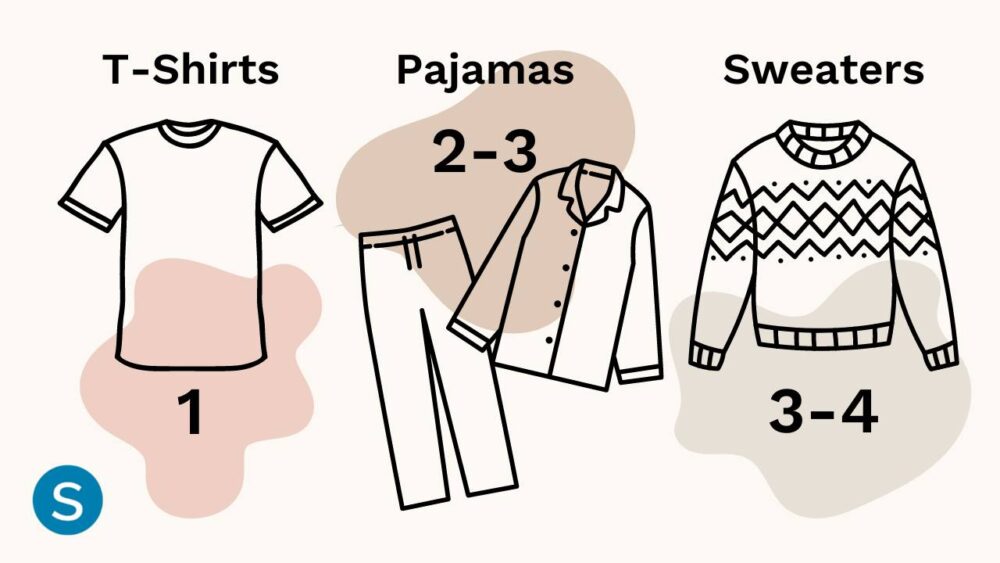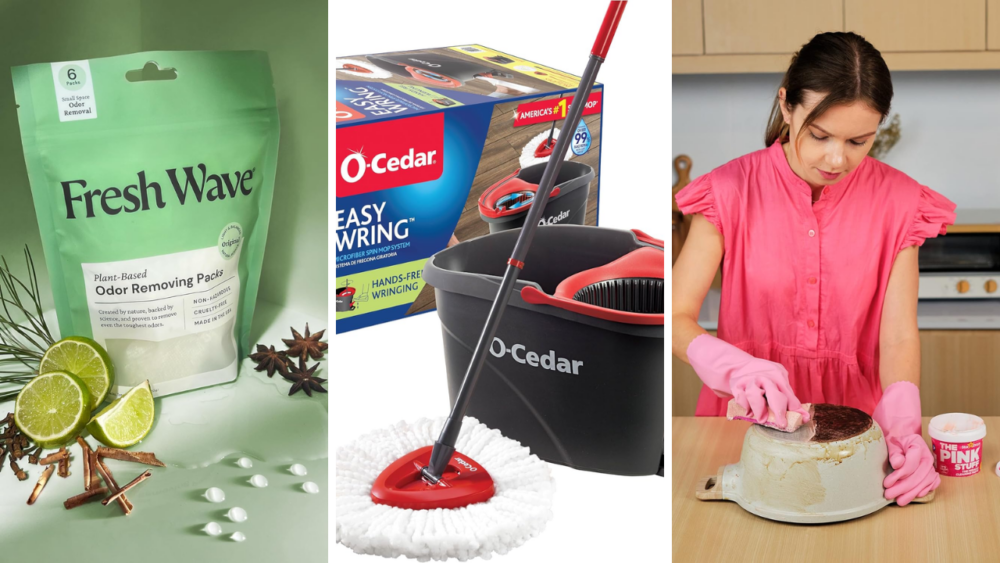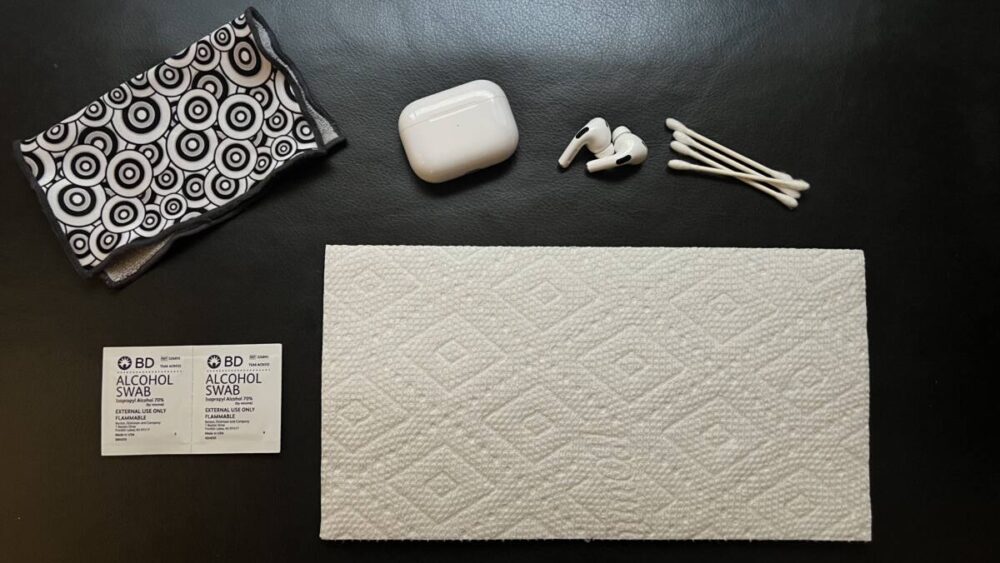The right way to clean a top-loading washing machine
Is cleaning the washing machine at the top of my to-do list? Hardly. Is it even on my to-do list? That would be no. Just getting the laundry done is quite enough of a task, thank you very much. Who has time to clean the clothes cleaner?
But here’s the truth: neglecting this job can lead to bacterial growth in the machine. Your washing machine can also develop mildew over time.
“People still don’t know that washing machines need to be cleaned regularly,” Alessandro Gazzo, content manager at Emily’s Maids, told Architectural Digest, “Anything from soap scum, detergent, fabric softener, and fiber residues, plus hard water can clog the drain.”
Basically, if you don’t clean out the washing machine, you’ll hinder its ability to clean your clothes. Like freshening up your vacuum or descaling your coffee maker, cleaning your washing machine is one of those jobs that will make other jobs easier.
So yes, we all have to do it at least twice a year. Here’s how to clean a top-loading washing machine.
MORE: Sanitize your laundry to remove more germs and bacteria
Steps for Cleaning Your Machine
Empty out the drum and the detergent dispensers. Select the settings for the hottest water, the largest load and the longest cycle. Press start and allow the drum to start filling with water.
At this point, when you normally add detergent to the drum, add four cups of chlorine bleach instead. Fill all the dispensers with bleach, too. (If you don’t have bleach, Real Simple says you can use six cups of hydrogen peroxide.)
When the cycle is complete, go through this process again, but this time use distilled white vinegar in place of the bleach. (Note: Do not combine these steps. If you add the bleach and the vinegar together, you’ll create toxic fumes that are harmful to breathe in.)
MORE: Laundry stripping is a gross—but effective—method for getting your laundry extra clean
The detergent and fabric softener dispensers might need some extra TLC. If there’s built-up residue, heat one cup of the distilled vinegar in the microwave. Pour the heated vinegar into the dispensers and then scrub them with an old toothbrush.
You can clean the lint filter by removing the lint and scrubbing it with heated white vinegar and a soft-bristled brush.
Finally, run the washing machine through one last cycle, adding nothing but hot water to flush out the vinegar smell.
Wipe down the exterior of the washing machine with an all-purpose cleaner and a microfiber cloth. You may need to use a toothbrush to get at crevices under the lid or other tight spots.
Keep Your Washer in Shape Between Cleanings
If you’d like to limit the number of times you have to carry out this chore, there’s one main way to prevent soap scum and fiber residue buildup in your machine. Use less detergent and fabric softener.
In fact, you could toss aside the detergent lid, and use a shot glass as your detergent measuring cup. That’s all the detergent you need for most wash loads.
MORE: How to use less laundry detergent
Another good rule of thumb: after you transfer the wet clothes out of the washing machine, leave the lid open for an hour or so. Allowing the drum to dry out completely will help to prevent mold and mildew from forming.
And try not to spill your laundry detergent in and around the electronic controls. Fixing a broken washing machine is yet another chore it would be nice to avoid!


